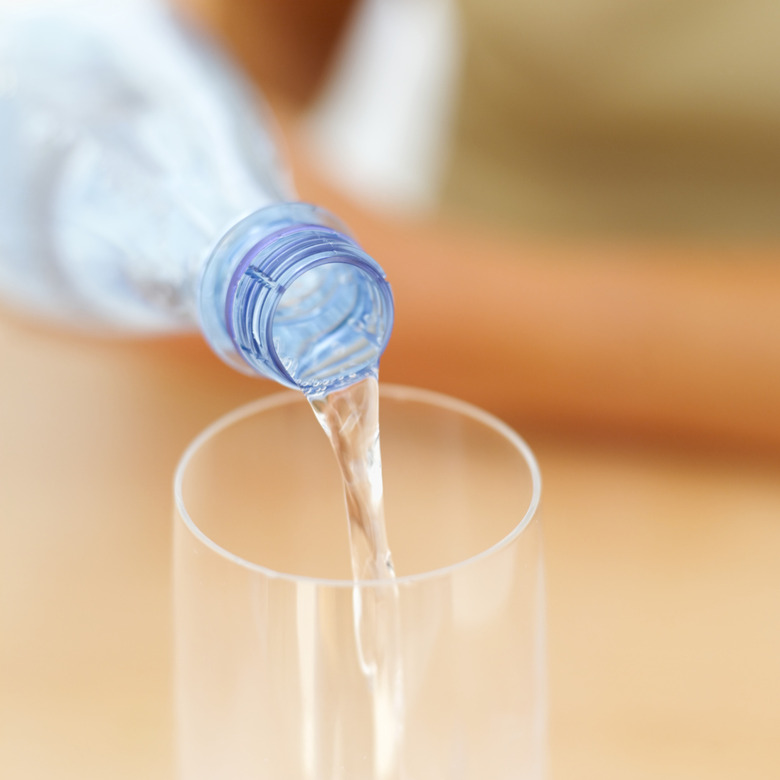Why Does Adding Salt To Water Make It Colder?
Salt is often used in ice cream makers to make the water surrounding the inside container cold enough to freeze the cream. In fact, within half an hour or so, the super cold water can freeze sweetened cream enough to turn it into ice cream. How does salt make water so cold?
Water Physics
To understand this phenomenon better requires an understanding of the relationship between temperature and the physical states of water. The movement of water molecules is dependent on the temperature of the water. Warm temperatures mean fast movement. If the movement gets fast enough, steam is produced. Cold temperatures mean less movement until the temperature reaches a point low enough to stop molecular movement altogether in a process we call freezing.
Freezing Point
So how does salt (sodium chloride) make water colder? In essence, it does not. Salt works to depress the freezing point of water so the water can become colder than 32 degrees Fahrenheit (zero degrees Celsius) before it turns to ice. In fact, water containing salt can reach temperatures of nearly minus 6 degrees F.
When ice cream is made, cream is placed into a canister and rotated within an ice bath. If no salt is added to the ice bath, the lowest temperature it can reach is 32 degrees F. While the cream can freeze at this temperature, it can do so more quickly at a lower temperature. When salt is added to the ice bath (usually rock salt in ice cream making), it comes into contact with the thin layer of water on the surface of the melting ice. The salt dissolves and the water becomes salty. This salt water has a lower freezing point, so the temperature of the ice bath can get even colder, thus freezing the ice cream more quickly.
Uses of Salt to Melt Ice
The principle of salt lowering the freezing point of water is used frequently to keep roads safe in winter. During snow and ice events, trucks spread a thin layer of salt on roadways. This causes snow and ice to melt on impact rather than freeze and makes the roads wet rather than icy and dangerous. However, there is a limit to how cold water can become before freezing; in extremely frigid temperatures, applying sand to the roads to increase friction is more useful than applying salt. Types of salt other than sodium chloride can be used in colder temperatures. Calcium chloride and magnesium chloride, for example, can melt ice at low temperatures. However, some of these compounds can be detrimental to the environment and are used only occasionally.
Effects of Crushing Ice
Using crushed ice with salt will provide a greater surface area on which salt can be dissolved, resulting in faster melting. Using more pieces of crushed ice in your ice cream maker, for example, will be more effective than using fewer large cubes.
Boiling Salt Water
While salt will lower the freezing point of water, it does not lower the boiling point. In fact, salty water will boil at a higher temperature than non-salty water. Again, adding salt to water does not lower the temperature.
References
Cite This Article
MLA
Lehman, Christine. "Why Does Adding Salt To Water Make It Colder?" sciencing.com, https://www.sciencing.com/adding-salt-water-make-colder-5459114/. 13 March 2018.
APA
Lehman, Christine. (2018, March 13). Why Does Adding Salt To Water Make It Colder?. sciencing.com. Retrieved from https://www.sciencing.com/adding-salt-water-make-colder-5459114/
Chicago
Lehman, Christine. Why Does Adding Salt To Water Make It Colder? last modified March 24, 2022. https://www.sciencing.com/adding-salt-water-make-colder-5459114/
